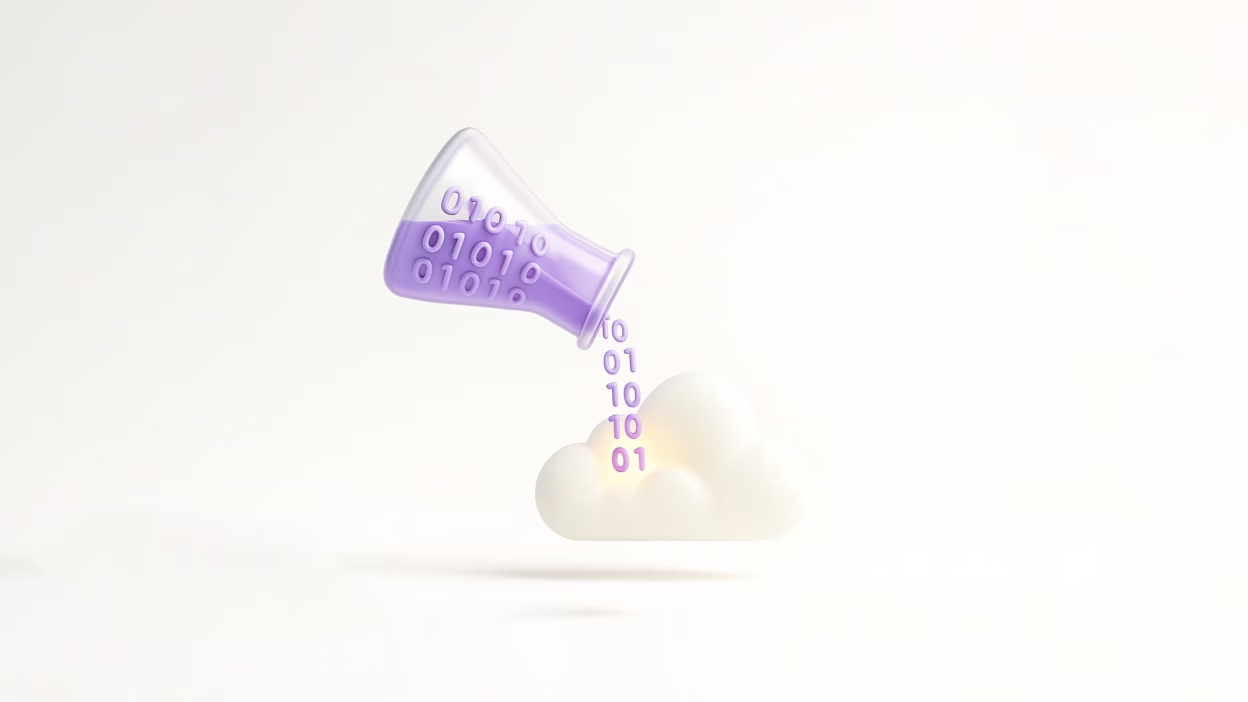Alright, let’s kick things off with a little scenario for you. Imagine you’re a data scientist in 2025, elbow-deep in your latest project. Your workstation is humming along, but then, wham! The data set you’re crunching overloads your local system. You glance at the clock. It’s 3 am. Your computer’s frozen, and you’re pulling your hair out. Sound familiar?
If you’ve been in the data science field for a while (or even if you’re just starting out), you’ve probably been in a similar situation. But let me tell you, there’s a better way. And it’s called cloud computing.
Why Cloud Computing, you ask?
First off, don’t confuse cloud computing with just another buzzword floating around the tech sphere. It’s a game-changer. It’s like having a supercomputer in your back pocket. It’s like having an army of data-crunching minions at your beck and call. Ok, maybe not minions per se, but you get the idea.
Cloud computing gives you the flexibility to scale up or down based on your data needs. And let’s be real, in 2025, those needs are likely to be Herculean. Remember the time when dealing with gigabytes of data was a big deal? Cute, right? Now we’re talking terabytes, petabytes, and even exabytes of data.
But the cloud isn’t just about handling massive data volumes. It’s also about speed. In the data science world, time is of the essence. You need to process data quickly, run complex algorithms, and deliver insights. And time spent waiting for your local machine to catch up is time wasted.
Cloud Computing: The Data Scientist’s Best Friend
Cloud computing isn’t just a nice-to-have for data scientists; it’s a must-have. It enables us to do our jobs more efficiently and effectively. It’s like upgrading from a bicycle to a jet plane. Here’s why:
Scalability: As a data scientist, you’re always juggling different projects, each with its own data requirements. With cloud computing, you can scale your resources to match your needs. It’s like having an elastic band that stretches with you.
Cost-effectiveness: Let’s face it, maintaining your own data center is expensive. And if you’re a start-up or a small company, it might not be feasible. With cloud computing, you pay for what you use. It’s like a buffet, but for data.
Collaboration: Collaboration is key in data science. With cloud computing, you can share your work with your team, no matter where they are. It’s like having a virtual meeting room for your data.
Security: Data security is paramount, and rightly so. Cloud providers invest heavily in security measures to protect your data. So, you can focus on your work, knowing your data is safe.
Cloud Computing: The Future is Now
Cloud computing is shaping the future of data science. It’s not just a trend; it’s the way forward. According to a report by Gartner, by 2022, 90% of organizations will be using cloud services. So, if you’re not already on board, now’s the time.
But don’t just take my word for it. Check out our post on ‘Is Data Science Still Worth It in 2025? Future Outlook, Demand & Career Value’. You’ll see that cloud computing skills are in high demand. And that’s not going to change anytime soon.
How to Get Started with Cloud Computing?
So, you’re convinced. Cloud computing is the way to go. But where do you start? First, don’t panic. It’s not as daunting as it seems.
You can start by learning about different cloud platforms. Some of the big players are Amazon Web Services (AWS), Google Cloud Platform (GCP), and Microsoft Azure. Each has its own set of tools, services, and pricing models. So, do your research and see which one fits your needs.
Next, get your hands dirty. Try out different features, play around with different tools, and get a feel for the platform. Remember, the best way to learn is by doing.
And don’t forget to check out our post on ‘How to Write ReadMe Files- That Impress Recruiters’. It has some great tips on documenting your cloud computing projects.
Final Thoughts
Cloud computing is more than just a buzzword; it’s a vital tool for data scientists. It offers flexibility, cost-effectiveness, and collaboration opportunities. It allows us to handle massive data volumes and deliver insights faster.
So, if you’re a data scientist in 2025, don’t be left in the dust. Embrace cloud computing and take your data science game to the next level. Because the future of data science is in the cloud.
And remember, as a data scientist, your goal is to extract insights from data. Whether those insights are hiding in a small dataset on your local machine or in an exabyte of data in the cloud, it’s your job to find them. So, strap on your data mining helmet, rev up your cloud computing engine, and get digging.
TL;DR
Cloud computing isn’t just for tech giants or startups with big budgets. It’s for data scientists who want to handle big data volumes, collaborate effectively, and deliver insights faster. It’s not just the future; it’s the present. So, if you’re a data scientist in 2025, it’s time to embrace the cloud.





